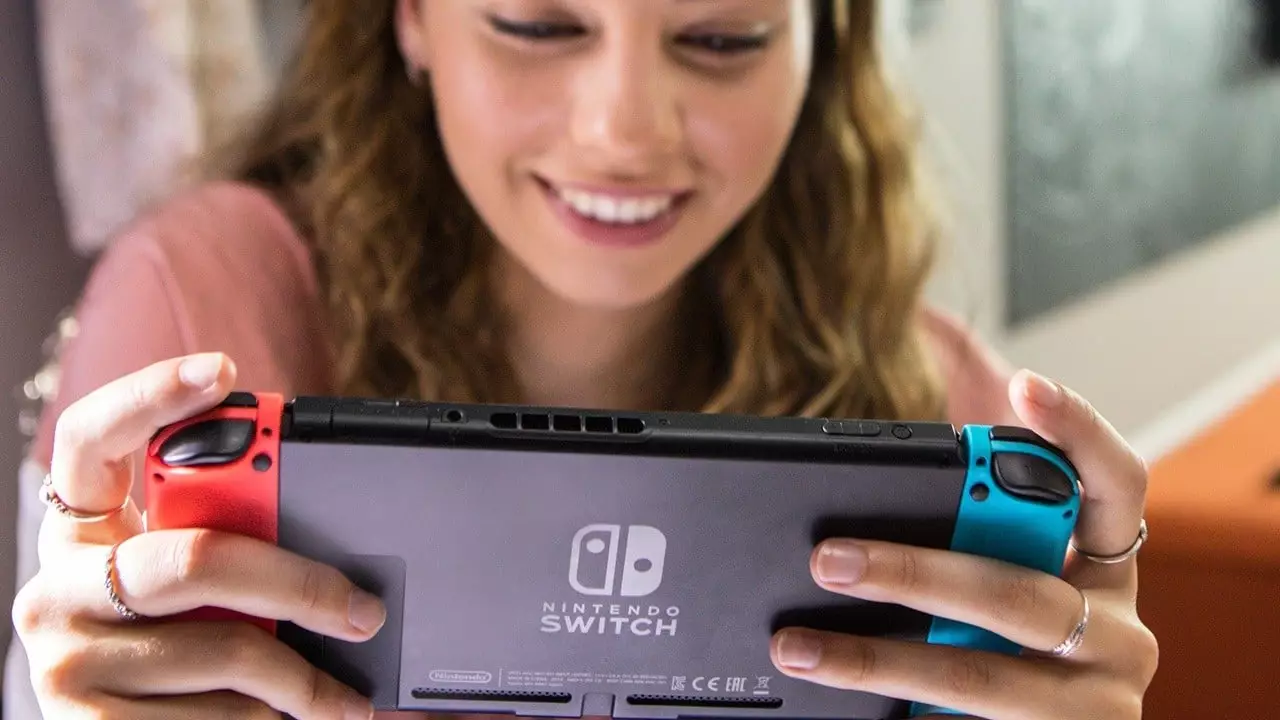Nintendo has carved a unique niche in the gaming industry, bolstered by a loyal fanbase and innovative gameplay experiences. Recently, the company has confirmed its commitment to the Nintendo Switch, with exciting new titles slated for release in 2025. Notable among these are “Pokémon Legends: Z-A” and “Metroid Prime 4: Beyond.” Nintendo President Shuntaro Furukawa emphasized the significance of this continued support, indicating that a robust library of appealing games is essential as the Switch still has millions of active users. Such strategies not only augment the Switch’s longevity but also help maintain consumer engagement while setting the stage for a new console launch.
The transition from one console generation to another presents a complex balancing act for Nintendo. Furukawa’s remarks shed light on the need for exclusive titles to stimulate growth and interest in new hardware. While rolling out new titles for the existing Switch is advantageous, the promise of exclusivity plays a crucial role in driving sales for the upcoming Nintendo Switch 2. This dual-pronged approach seeks to retain existing players while attracting new customers to the next generation of gaming. It must be acknowledged that this strategy is not without its challenges; too much focus on the legacy system could hinder the appeal of the new console.
Drawing from past transitions, notably the launch of the Nintendo Switch in the wake of the 3DS, the company appears poised to replicate a successful model. During this previous cycle, new software continued to be released for the 3DS well into the Switch’s life, which allowed for a smoother transition for consumers. In this vein, Nintendo seems to be taking a similar path, ensuring that the Switch 2 will not merely be an alternate option, but a compelling upgrade that justifies the consumer’s investment. This is pertinent in a market where gamers are faced with multiple choices and expectations for innovation.
As Nintendo prepares to unveil more details regarding the Switch 2 in an upcoming Direct presentation scheduled for April, the anticipation surrounding the new hardware is growing. With over 150 million units of the Switch sold globally, the potential for the next flagship console to thrive is undoubtedly significant. The ability to continue engaging existing customers while definitely enticing new ones will be a critical factor in the transition, which holds endless possibilities for the company’s future. Ultimately, whether gaming enthusiasts choose to adopt the Switch 2 in its early stages or stick to the original generation as long as new games continue to flow remains to be seen.
In summation, Nintendo’s strategic choices regarding game releases and transitions between hardware generations will set the landscape for its future in the gaming market. Balancing the needs of current players while enticing new ones will be paramount as they navigate this pivotal moment.

